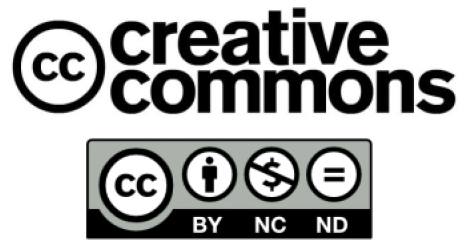Project
Project Goals
In the 16th century, European literature reached the astonishing intersection of word and image. As a result of an adventitious cooperation between Andrea Alciato, his publisher, Heinrich Steuner and the engraver, Jörg Breu, the Emblematum libellus emerged. It was regarded as a fundamental publication for the literary genre, which was then named after it. From that time, literary and iconic forms began to appear dynamically. Their popularity was to last for the next two hundred years. Soon, many started to use emblematic icons (imago) and the tripartite construction of Alciato’s opus. One group of creators emerged from the neoplatonic tradition of understanding signs as ordo rerum concealment. According to them, the proper interpretation could lead to the understanding of divine design (case of Horapollon’s Hieroglyphica). Understood in that way, emblems reflected the “Book of Nature” and served the hermetic sciences (such as alchemy, cabala, first encyclopaedists). The other group of philosophers and theoreticians, which can be generally called “aristotelic”, was not necessarily interested in the hidden meaning of earthly signs. They exploited the emblems to more pragmatic aims: in moralistic literature (based on exempla) or didactics (image, as Jan Ámos Komenski argued, supports memory very well).
At the beginning it must be emphasized that Polish–Lithuanian Commonwealth did not produce wooden and copperplate engravings (which were the main element of emblematic literature) as well developed as those created by publishing houses in the Netherlands, Italy or France. Nevertheless it didn’t only rely upon the works of foreign artists. Although it has to be mentioned that inspirations and even copying of foreign patterns had a major part in this domain.
After all, in Poland of those days there were many self-reliant artists such as Samuel Kochanowski, Tomasz Treter, Rafał Kazimierz Arteński or brothers Andrzej and Krzysztof Korycińscy. Because of the censorship in the 17th century (i.e. the period of rapid development of emblematic literature in Poland), Jesuit’s monopoly on printing and high costs of editing the illustrative literature, much of the emblematic works remained in the form of manuscripts or were printed without the use of plates (so-called emblemata nuda).
Due to these and other reasons, this project will not only be concerned with emblems in the strict sense of this term (i.e. works of tripartite construction: image, inscription and subscription), but also with the preemblematic literature (for example Postylla of Mikołaj Rej) and some paraemblematic works: stemmats, devises (it. impresa), ekphrases, icones or visual poetry.
The goal of this project is to popularise Polish (and Poland-themed) emblem literature and improve the information exchange between the foreign and Polish researchers.
Editing board
Alicja Bielak – editor
Jan Błoński – e-collection department
Marilyn Burton – proofreading (English)
Albert Kozik – proofreading (Polish)
Tadeusz Rubik – e-collection department
Mateusz Machalski – graphic designer
Zofia Marcinek – translator
Aleksandra Paszkowska – translator
Ewa Zakrzewska – e-collection department
Zofia Żółtek – e-collection department
Reviewers
prof. dr hab. Paulina Buchwald-Pelcowa
dr Jacek Głażewski
dr hab. Katarzyna Krzak-Weiss
dr Karolina Mroziewicz
Peer review policy: two double-blind, independent reviewers per article.
Associates
National Library
Print Room, University of Warsaw Library
Graphic on the main site of the project
Aleksandra Waliszewska, inspired by Jan Ziarnko's „Ex-libris aux armes de Chodkiewicz” (2011)
Contact
polishemblemsproject[at]gmail.com
Project finansed by
Ministry of Science and Higher Education (Republic of Poland)

Narodowe Centrum Nauki
![]()



